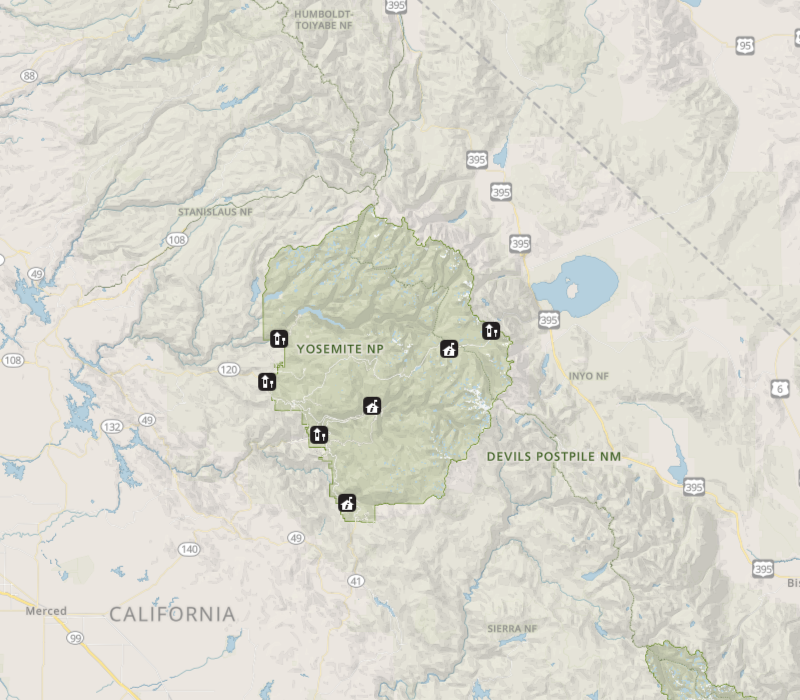
USGS Investigators: Keith Bouma-Gregson
NPS Investigators: Catherine Fong
| 2023 | 2024 | 2025 |
|---|---|---|
| $100,000 | $100,000 | $100,000 |
The waterfalls, rivers, streams, and lakes of Yosemite are iconic, yet susceptible to change. Although the aesthetic character of these features may be most inspiring for visitors, their pristine water quality is of utmost importance for surrounding ecosystems and public health. During 2021, toxic benthic cyanobacteria were detected in multiple streams in Yosemite and neighboring Devils Postpile National Monument. These detections of toxic cyanobacteria follow two other toxic benthic cyanobacterial events in other units of the National Park System: a 2019 dog death and human illness in Zion National Park, and a dog death in the Chattahoochee River National Recreational Area in 2021.
While toxic cyanobacteria have been well documented in lakes for centuries, the occurrence of toxic benthic mat-forming cyanobacteria growing on the riverbeds of wadeable rivers and streams is relatively recent. Cyanobacteria can produce many different toxic compounds (cyanotoxins), and if toxigenic cyanobacteria proliferate across a streambed, it can negatively impact humans and aquatic species. In California, cyanobacterial mats have been linked to numerous dog illnesses or deaths throughout the state and they have also caused dog deaths in Utah, Texas, Canada, France, and New Zealand.
With over four million visitors per year, sensitive aquatic ecosystems, and over 2700 stream kilometers, Yosemite Park managers need to know the risks toxic cyanobacteria – particularly mat-forming species – pose to park visitors and aquatic ecosystem health. This project will identify the benthic cyanobacteria producing toxins in Yosemite and model the spatial and seasonal distribution of these taxa. With this information, park managers will be able to develop a risk assessment framework and action-response plan for toxic benthic cyanobacteria in the park.
